Fragrance layering is a fun way to create a unique scent and break free from the repetitive fragrances everyone else wears. If you’re tired of using the same perfumes as your friends or officemates, why not experiment and craft your signature scent?
When I first tried blending perfumes, I struggled to get the balance right. The scents turned out weak, and some notes didn’t stand out as I hoped. Over time, I learned how to layer them effectively.
Don’t worry, our guide will not only explain how to layer fragrances but also provide perfume combination suggestions, layering charts, and more to help you along the way.
Table of Contents
What is Fragrance Layering?
Fragrance layering is a technique that allows you to create a unique and personalized scent by combining two or more perfumes. This practice is not new—it dates back to aromatherapy in ancient Egypt, where people used scents lavishly to craft distinct aromas.

The ancient Egyptians believed that fragrances could influence both the mind and body, using them for everything from spiritual rituals to daily well-being. This practice spread to the Greeks and Romans and eventually became popular worldwide.
Benefits of Layering Fragrances

1. Create a Unique Signature Scent
If you feel that your perfumes and colognes all smell the same, fragrance layering could be the solution. By learning how to layer fragrances, you unlock endless scent possibilities.
Mixing different perfumes allows you to create a unique signature scent that reflects your personality and mood.
You can try the following combinations:
For Men:
| L’Homme Le Parfum | Versace Dylan Blue |
| Mancera Cedrat Boise | PDM Layton |
| PDM Herod | Spicebomb Extreme |
| CH Men Prive | Tom Ford Ombré Leather |
| Lattafa Khamrah | Halloween Man X |
| ADG Profondo | Polo Deep Blue Parfum |
| PDM Layton | Chanel Allure Homme Sport |
| Tom Ford Bitter Peach | JPG Ultra Male |
| PDM Oajan | Nishane Ani |
| Tom Ford Ombré Leather | Noir Extreme Parfum |
For Women:
| Replica Jazz Club | Kayali Vanilla 28 |
| TriBeCa Bond No 9 | Kayali Yum Pistachio Gelato | 33 |
| Mancera Roses Vanille | Al-Rehab Choco Musk |
| Molecule 01 | LV Afternoon Swim |
| Kilian Angels’ Share | Tom Ford Lost Cherry |
| Santal Vanille The 7 Virtues | Tom Ford Bitter Peach |
| Kilian Love Don’t Be Shy | PDM Safanad |
| Valentino Donna Born In Roma | Prada Paradoxe |
| BDK Parfums Gris Charnel | Blanche Bête |
| Baccarat Rouge 540 | Tubéreuse Astrale |
There are many fragrances to try, and not every combination will suit your taste. What some people love, others might not. Keep exploring to find perfume combinations that match your preferences.
Remember: When layering fragrances, always apply the heavier scent first, followed by the lighter one.
2. Enhance Longevity and Depth
Layering fragrances helps boost fragrance longevity and adds depth to it. By using scented products like lotions, body oils, and perfumes together, you build a strong foundation that keeps the fragrance fresh throughout the day. This technique also makes your scent more interesting, as it evolves.
3. Versatility for Any Occasion
Fragrance layering lets you customize your scent to fit any occasion. You can adjust the intensity by adding or removing layers. For example, if your favorite perfume feels too strong for an event, you can tone it down by layering it with a milder scent.
This makes it perfect for transitioning from day to night, whether you’re at work or out for the evening.
Fragrance Layering Chart for Scent Combinations
Follow this fragrance layering guide to create a perfect pair for your existing perfume collection.

How to Layer Your Perfume Properly
Start with an unscented lotion (optional) as your base layer. This helps to hydrate your skin, providing a smooth canvas for the fragrance to last longer. If you prefer, you can skip this step and apply the perfume directly to your skin.
Then, apply the strongest scent first, followed by lighter fragrances on top to preserve the delicate notes. To find which fragrances go well together, experiment with different combinations and make the layering chart as your perfume guide so that the scents can complement each other.

For the best results, focus on applying your fragrance to pulse points, where heat helps diffuse the scent. These are the ideal areas to spray:
- Wrists
- Neck
- Behind ears
- Inside elbows
- Behind knees (optional)
- Ends of hair
Experiment with different combinations to discover your signature scent and make sure that the perfume you’re wearing is not fake or counterfeit so it can perform well.
Don’t know how to spot fake perfumes? Here’s a detailed article we’ve created to help you with that.
Common Mistakes to Avoid When Layering Fragrances
When layering fragrances, it’s easy to make mistakes—like I did in the past—that result in an unpleasant or unbalanced scent. To help you avoid these common errors, here are some things to keep in mind:
- Overwhelming Your Senses: Using too many strong scents at once can create an overpowering aroma. Start with small amounts and build up gradually.
- Neglecting Fragrance Families: Mixing fragrances from different scent families, like fresh aquatic with heavy spices, can lead to an unbalanced blend.
- Mismatched Longevity and Sillage: While pairing fragrances with varying longevity can work to enhance specific notes, it’s important to balance their projection. Consider how each fragrance complements the other.
- Skipping the Test Phase: Always test fragrance combinations on your skin before committing, as body chemistry can affect how the scents blend.
Final Thoughts
Fragrance layering is an art, and you are the artist. Your signature scent is your canvas, and complementary fragrances are your palette. Don’t be afraid to experiment and trust your nose.
The right combination may take time, but with practice, you’ll discover what works best for you. Just enjoy the process, and you’ll find endless ways to express yourself through scent.

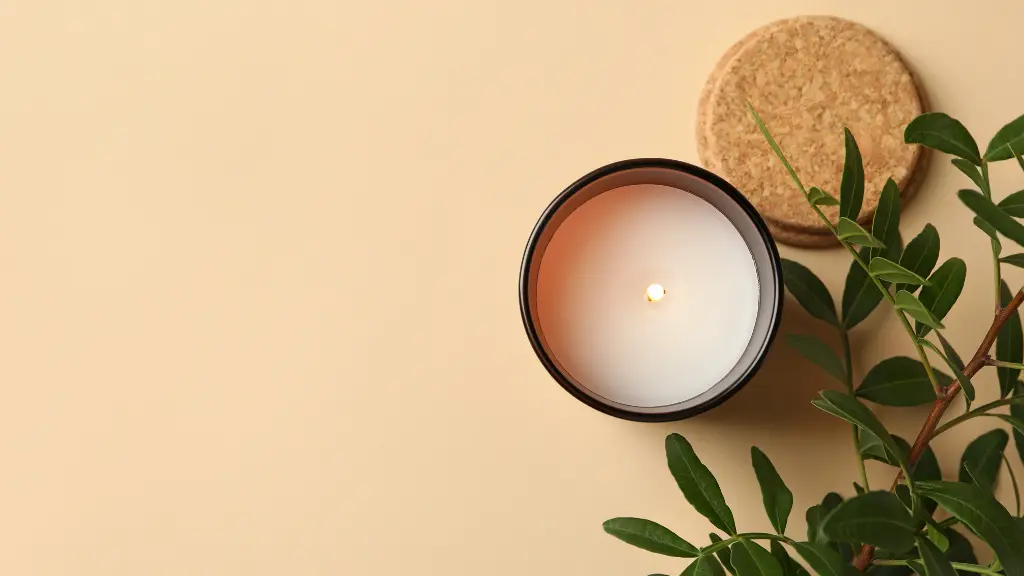
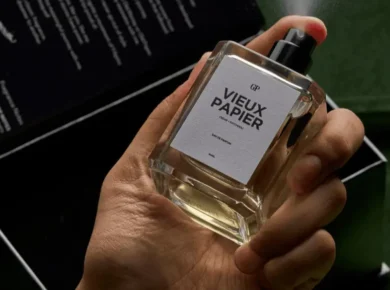
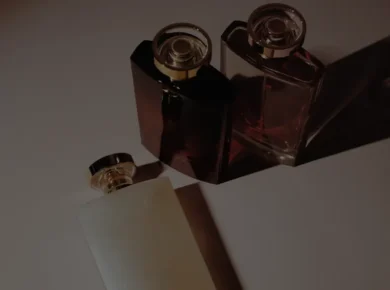
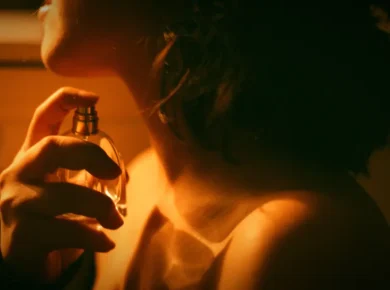
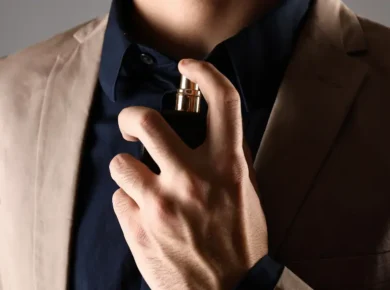
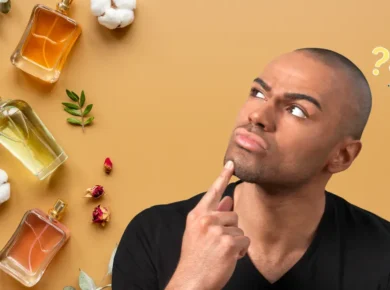
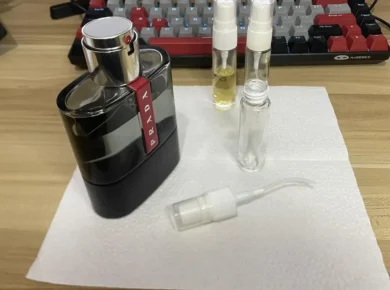
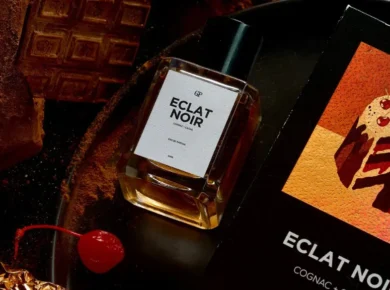
6 comments
Comments are closed.